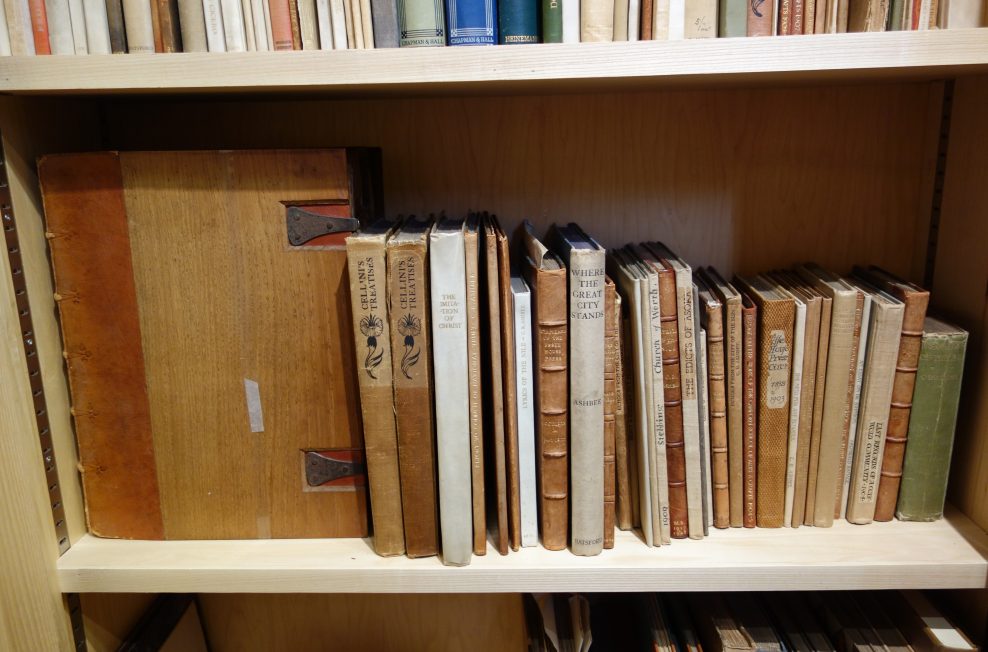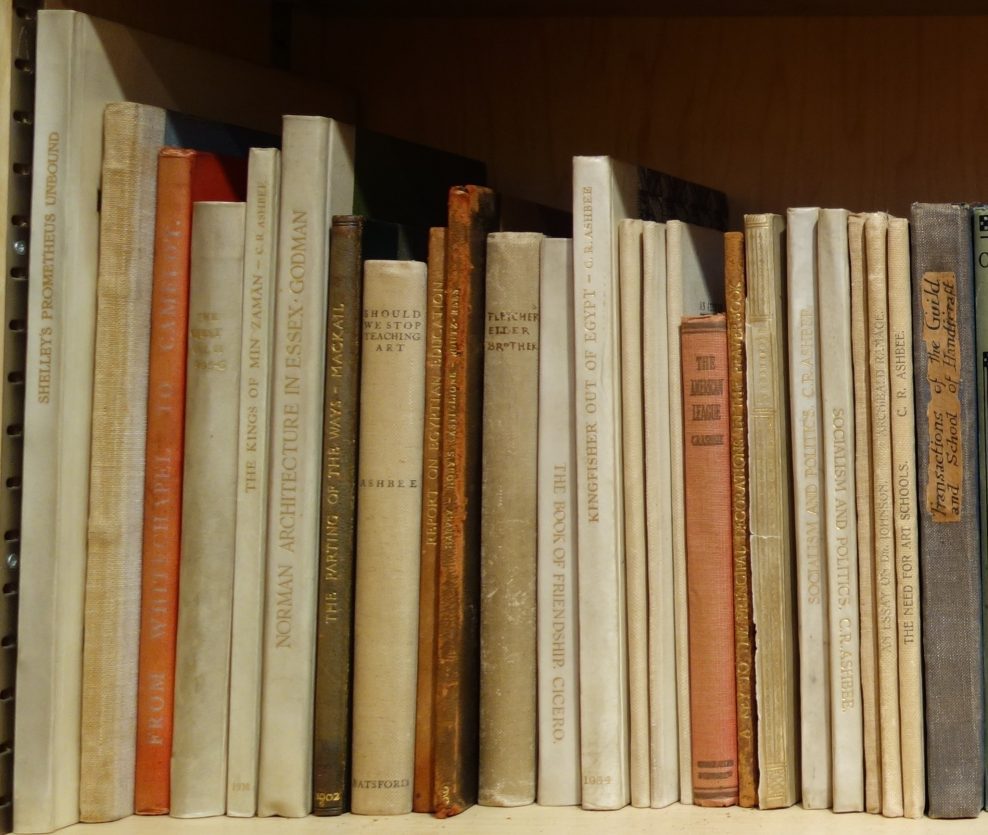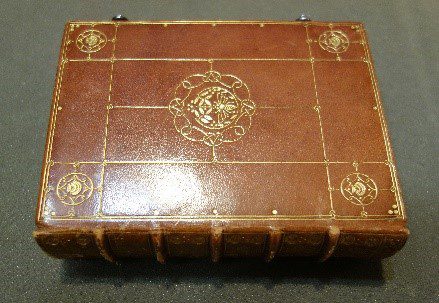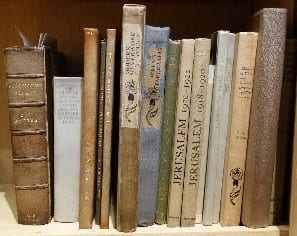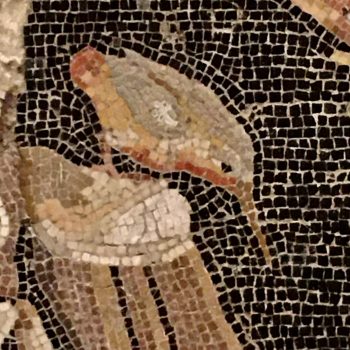Projects
Assessment of The Essex House Press collection, Court Barn Museum
A condition assessment of 95 volumes of hand printed and hand bound late C19th and C20th material from one of the most significant private presses at work during the Arts and Crafts movement.
The Ashbee Bequest held at Court Barn Museum, Chipping Campden is a comprehensive and representative collection of predominantly hand printed late C19th and early C20th monographs. It includes notable bindings by renowned binders of the time such as Douglas Cockerell. The collection is based on the personal collection of CR Ashbee, a major figure in the Arts and Crafts movement and founder of the Guild and School of Handicraft. Many items were created by the Essex House Press, a significant private press of the time established by Ashbee as part of the Guild with the aim of training artisans and producing high quality handcrafts. In this, Ashbee urged Guild members to:
The significance of these works to the community of Chipping Campden is paramount, as Ashbee’s Guild , and so the Essex House Press, moved to the town in 1902. Not only is the collection an important record of the output of the press and the revival of handcrafts during the period, it also provides an important resource for research as well as for display and engagement in the community where it was created.
The purpose of the assessment was to quantify the materiality and condition of the collection and make recommendations for its housing, storage and environment, display and future use. The subsequent detailed report was based upon the individual condition assessment of each item in the collection. This used four condition categories to allow further conservation and preservation actions to be prioritised and estimated and provided detailed information on material and structure as well as condition. It also assessed the collection’s housing needs and provided detailed recommendations for the storage environment, exhibition guidelines and handling procedures.
The assessment was supplemented by training for the volunteers and staff at the museum in basic collection cleaning and handling, which will lead to a conservator-led demonstration of these techniques for the public during museum opening hours. These activities extended the reach of the assessment more widely and aimed to provide a lasting benefit to the museum.
My thanks to Court Barn Museum for the use of these images.
